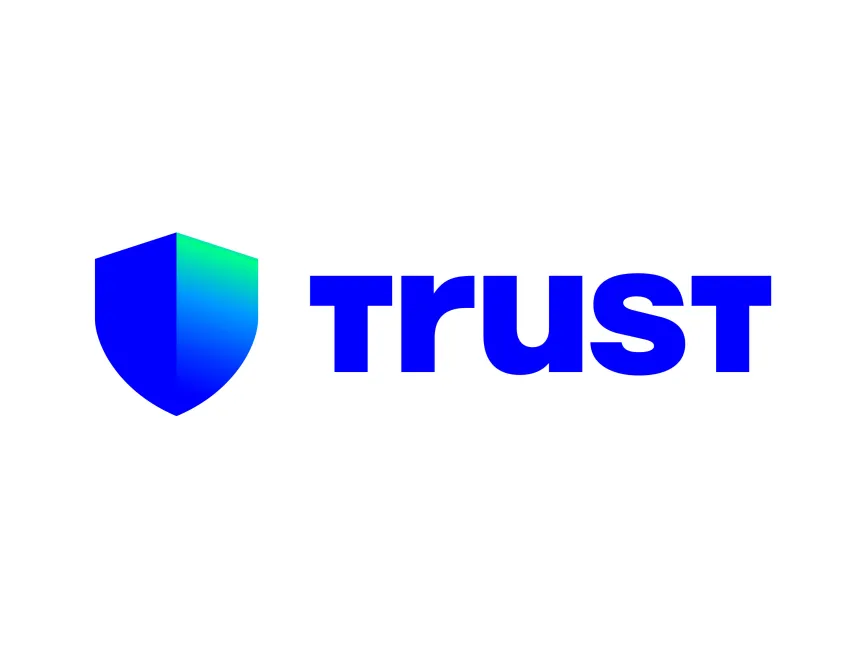Okay — real talk: staking Ethereum feels like adulting in crypto. You want yield, but you also want flexibility and safety. At first glance, running your own validator seems noble. It’s the purist route. But then you look at the 32 ETH barrier, the uptime responsibility, the hardware fuss, and you think: nope. So many of us end up exploring staking pools. This piece is for that crowd — the curious, the cautious, and the slightly lazy (I include myself).
Staking pools bundle ETH from multiple users to run validators. Sounds simple. But underneath, there are trade-offs: centralization risk, smart contract exposure, and protocol-level nuances that affect rewards and slashing. My instinct says trust but verify. I’m biased toward decentralization, though I’ll admit convenience matters a lot — especially if you’ve got other things to manage (a job, family, plants… life).

Why use a staking pool?
Short answer: access and convenience. Long answer: staking pools lower the entry barrier, provide liquid derivatives, and offload the operational risk. If you don’t want to babysit a validator node, a well-architected pool can be a sane option. That said — not all pools are created equal.
Here’s what typically draws people in:
- Lower entry requirement: you can stake fractions of 32 ETH.
- Liquidity: many pools issue tokenized representations of your staked ETH so you can still use capital elsewhere in DeFi.
- Operational reliability: pool operators handle validators, restarts, updates, and monitoring.
- Economic efficiency: aggregated staking can optimize rewards and reduce effective fees.
Okay, so check this out — liquid staking products, like those issued by big protocols in the space, try to balance yield and flexibility. You get staking rewards without locking up illiquid ETH forever. I’ve used these myself for experimentation (small amounts at first). Some parts are slick. Some parts bug me. Mostly the complexity around re-staking, leverage, and composability needs careful thinking.
How ETH 2.0 (the Beacon Chain) changed the game
Ethereum’s shift to proof-of-stake via the Beacon Chain made staking both necessary and more accessible. Validators now secure the network and earn rewards proportionate to their stake and uptime. The catch: consensus rules and long finality windows mean validator behavior is subtle — misconfiguration can lead to penalties or slashing.
Initially I thought solo staking would be enough for most hobbyists, but then I realized the operational burden and the fragility of home setups. Actually, wait — let me rephrase that: solo staking is great if you enjoy systems administration and can guarantee network uptime. For everyone else, pools are pragmatic.
On one hand, pools concentrate capital (and therefore influence). Though actually, on the other hand, well-designed decentralized pools aim to spread validators across independent operators and governance caps ownership concentration — lessening systemic risk.
Liquid staking: pros and caveats
Liquid staking tokens (LSTs) represent your staked ETH and let you keep capital productive. Use them in lending markets, provide LPs, or use them as collateral. Sounds perfect, right? Not quite.
Risk checklist:
- Smart contract risk — your LST sits behind contract code that could have bugs.
- Tracking risk — LST price peg to staked ETH can fluctuate due to redemption mechanics.
- Centralization risk — large pool operators can accrue governance power or validator share.
- Composability risk — using LSTs in DeFi opens your position to multiple layers of counterparty exposure.
Here’s a pragmatic approach: diversify. Use a mix of solo staking (if you can), trusted decentralized pools, and a few LSTs across protocols so you’re not overexposed to one counterparty or smart contract.
For users exploring LSTs, check out the ecosystem and compare fee models, validator decentralization, and liquidity options. One gateway many reference is the lido official site, which outlines their approach to liquid staking and validator operator setups. I’m not endorsing any single choice for everyone — just pointing to a resource that explains a popular model.
Operational considerations for choosing a staking pool
When evaluating pools, I look at these practical items:
- Validator spread: are validators run by many operators or concentrated?
- Fee transparency: what percentage goes to operators, and how is it distributed?
- Slashing protection: do they use insurance or other mechanisms to mitigate slash events?
- Withdrawal mechanics: how and when can I redeem my staked ETH or derivative?
- Governance model: who decides protocol upgrades and fee changes?
Something felt off the first time I looked only at TVL as a metric. TVL exaggerates safety sometimes, because big numbers attract attention but not always good decentralization. My gut said look deeper — look at operator diversity, not just the headline value.
Practical walkthrough: a cautious user’s flow
Here’s a sketch of what a cautious, pragmatic user might do:
- Set staking goals: yield target, liquidity needs, and acceptable lockup.
- Audit options: solo validator, decentralized pool, or liquid staking providers.
- Test with a small amount: start small, observe behavior, check withdrawals and derivatives.
- Diversify across solutions and monitor periodically (quarterly is fine for most).
- Stay aware of protocol changes and governance proposals that could affect staking terms.
I’ll be honest — monitoring once and forgetting isn’t wise. Protocols evolve, and so do fee structures. But nobody wants to live in dashboards either. Balance practicality with vigilance.
The future: liquid restaking and layered strategies
DeFi innovation keeps throwing new tools at staking. Re-staking (using staked derivatives to secure other networks or protocols) promises higher yields but multiplies risk layers. I’m intrigued, but cautious; this is fertile ground for both innovation and systemic surprises.
On one hand, higher APYs are tempting. On the other, higher APYs often mean complex dependencies. For conservative users, simpler is usually better. For speculators, stacking LSTs into yield farms can be an exciting experiment — with the clear understanding that things can and do go sideways sometimes.
FAQ
Can I withdraw staked ETH anytime?
It depends. ETH withdrawals depend on Beacon Chain and specific pool mechanics. Solo validators can withdraw when protocol rules allow and if you control the keys; pooled or liquid-staking products have their own redemption mechanisms and timings. Check each provider.
What’s slashing and how likely is it?
Slashing penalizes validators for severe misbehavior (double-signing, being offline at critical times). It’s relatively rare for reputable, well-managed validators, but misconfigured home nodes or malicious operators can be at risk. Pools often use multiple operators and monitoring to reduce this likelihood.
Are liquid staking tokens safe to use in DeFi?
They’re useful but carry extra smart contract and composability risks. If you plan to use LSTs as collateral or in complex strategies, understand the contracts involved and accept layered counterparty exposure.
Final note — I started this thinking: «run your own validator, be a sovereign node operator.» Then reality tugged: time, knowledge, and convenience matter. Each path has merit. Choose with a mix of skepticism and curiosity, test with what you can afford to lose, and keep learning. There’s no single right answer for everyone, only trade-offs that fit your life and risk appetite.




